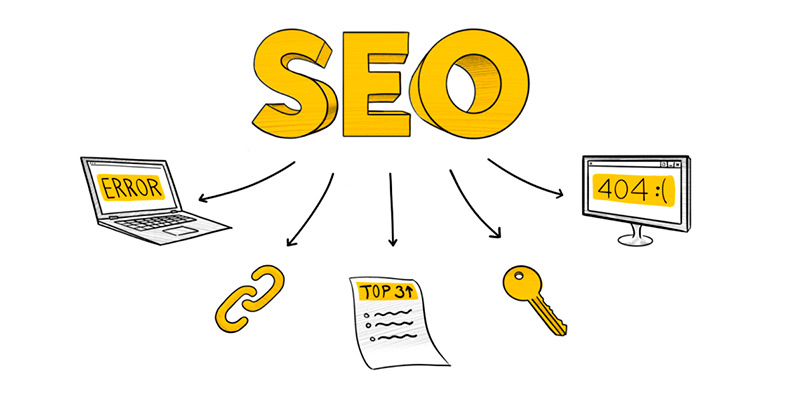Creating search engine friendly web pages
There are two very important things to know about search engines.
First of all, this is the quality of the website traffic assessment. Search engines make money with the help of thematic advertising. Showing ads to users is their business model, and the more users they have, the more money they make. The main way to attract new users for PM is to ensure high quality search. If the site is the most useful for customers in your field, then search engines should display it in the best search results. And indeed, because the funds for their existence depend on it.
Second, search engines are computer programs. More precisely, PMs run a program called a slider, which loads your web pages, looks at the text and links to them, and, based on this information, decides what to do with your page. This process is called crawling. Thus, search engines are computer programs that crawl web pages.
Therefore, if the site has a complex and confusing location or the links between your pages are difficult to find with a slider, then it will not be well studied by the search engine. This means that some of your pages will not appear in the search results or will be found rarely, which will bring you a lot of trouble, especially if you want these pages to be highly rated by search engines. Don’t forget that there are billions of sites on the Internet, and a search engine needs to search as efficiently as possible among all these pages with the limited resources and time at its disposal. Your task is to crawl as fast as possible. Otherwise, you risk being unnoticed by search engines.

Writing competent HTML code
First, you need to make sure that the HTML code is error-free and well-styled. Although good HTML won’t help you rank higher, broken code can make it harder for search engines to crawl your site. You need to make sure that all relevant tags are closed and there is no source code that can interfere with the PM slider.
When creating a website, it is very important to remember that search engine sliders as computer programs have limitations based on a certain set of rules, and pages that do not comply with these rules will be uncomfortable for search engines.
Here’s a fundamental rule of thumb for creating crawler-friendly pages: the easier you make it for the PM slider to read your code, the better your chances of success.
In general, this means that you should avoid two types of HTML code:
outdated or tags belonging to a certain browser (in case of events – the old <blink> tag);
too new constructions not yet recognized by most spiders (many XML tags fall into this category).
The best way to ensure that your HTML code is easy for spiders to process is to follow the Wide Web Consortium (W3C) guidelines. You need to check your HTML code pages with a validator (Validator)

Search engines and directories
There are two most popular directions of information search
through search engines;
through directories.
PMs use special software, the so-called search robot, which automatically combs the network, following links. At the same time, web pages are indexed and entered into the database. Examples of search engines are Google, Yahoo, Yandex, Rambler, Aport, etc.
On the other hand, directories are databases that are compiled and maintained manually. Open Directory http://dmoz.org or http://www.ru are examples of directories.
Some search engines, such as MSN Search (http://search.msn.com), combine both approaches. With their own directory, they also take into account search engine results.
Conclusion
In this context, optimization is called “search engine optimization of sites”. The purpose of optimization is to ensure the promotion of sites when issuing search results based on a user’s search query.
The optimization process is necessary if you want your online resource to be popular and visited.
About how to practically apply the term “Optimization” to your site and increase the relevancy of keywords for search queries of Internet users, in order to attract them as potential buyers of the goods or services offered by you! Sign up for the online course “Internet Marketing + SEO”
